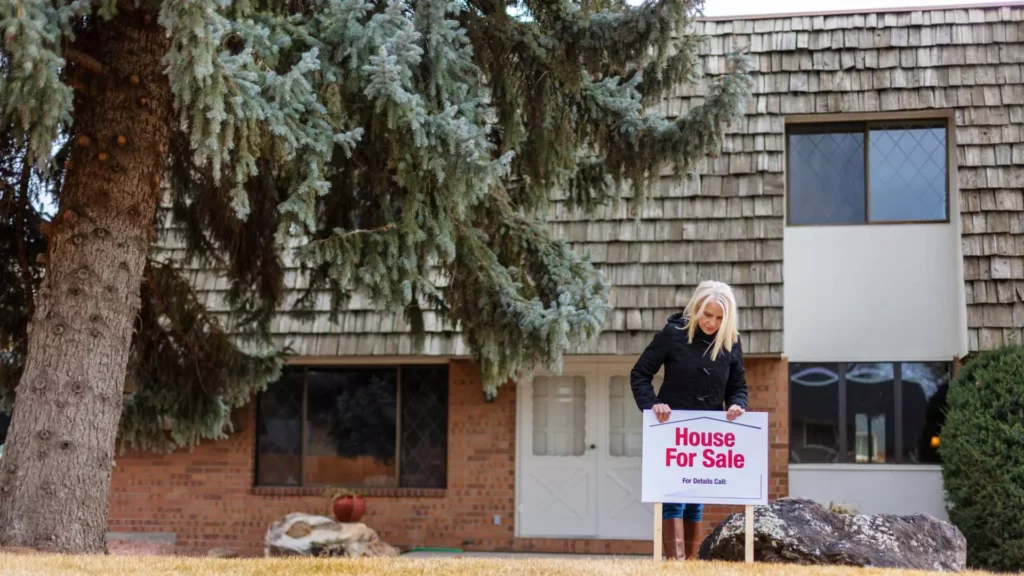Navigating the housing market has never been an easy task, particularly given the current economic climate and fluctuating home prices. As we embark on 2025, predictions remain uncertain regarding which direction the market will tilt—favoring buyers, or leaning towards sellers. However, the National Association of Realtors (NAR) has provided a glimmer of insight, identifying ten metropolitan areas poised to be “housing hot spots.” These areas were selected based on various economic, demographic, and housing metrics, suggesting localized opportunities that could benefit prospective homeowners.
According to Lawrence Yun, chief economist of the NAR, essential criteria common across the identified top-performing markets include the availability of affordable inventory, potential for low mortgage rates, burgeoning income growth among younger populations, and significant net migration to specific metropolitan areas. These elements set the stage for an exciting, albeit unpredictable year for both buyers and sellers alike. Notably, Nadia Evangelou, a senior economist at the NAR, emphasizes that 2025 is anticipated to unlock unique opportunities, albeit with caution as the economic landscape continues to shift.
The Southern United States emerges prominently in this report, featuring four of the ten hot spots, diverging from the trends seen in previous years where Florida often dominated such lists. On the other hand, three of the chosen areas hail from the Midwest, illustrating a wider spread of favorable conditions across the country. The cities highlighted span a variety of economic backgrounds, showcasing the diversity of the American real estate market.
The NAR report explicitly lists these ten metropolitan areas expected to exhibit robust housing conditions in 2025:
1. Boston-Cambridge-Newton, MA-NH
2. Charlotte-Concord-Gastonia, NC-SC
3. Grand Rapids-Kentwood, MI
4. Greenville-Anderson, SC
5. Hartford-East-Hartford-Middletown, CT
6. Indianapolis-Carmel-Anderson, IN
7. Kansas City, MO-KS
8. Knoxville, TN
9. Phoenix-Mesa-Chandler, AZ
10. San Antonio-New Braunfels, TX
Among these regions, the Greenville-Anderson area stands out due to its favorable financing conditions, significant job creation, and affordability, especially for first-time buyers. Approximately 42% of the properties in the region are classified as starter homes, highlighting the extensive options available for new entrants in the housing market.
While the metrics indicating growth and opportunity are compelling, experts caution about the unpredictability that might accompany 2025 and the years beyond. Jacob Channel, a senior economist at LendingTree, underlines the potential for “unprecedented times,” attributing this to shifting political and economic policies. The political discourse surrounding immigration reform and its implications for labor in the construction sector could dramatically reshape the housing landscape. With construction trades relying heavily on immigrant labor—approximately 32.5% of the workforce, according to a 2023 analysis from the National Association of Home Builders—the potential for change can lead to labor shortages and consequent wage increases, further complicating home affordability.
Such changes provoke a domino effect—higher wages in construction may translate into elevated home prices, underscoring the need for stakeholders in the housing market to remain agile and informed of both economic and political developments.
As we gaze into the crystal ball for 2025, the landscape presents a mosaic of opportunities interspersed with challenges. The notable hot spots identified by the NAR shines a light on regions where buyers may find more favorable conditions than in others. However, the broad spectrum of economic and sociopolitical factors must be considered as potential headwinds.
With job creation, migration patterns, and the evolving policies shaping labor markets, future homeowners need to approach their search with a mix of optimism and caution. Research and awareness will be vital tools as we step into this new era of home buying in 2025, ensuring that individuals are well-prepared to navigate the complexities of the ever-changing housing market.

